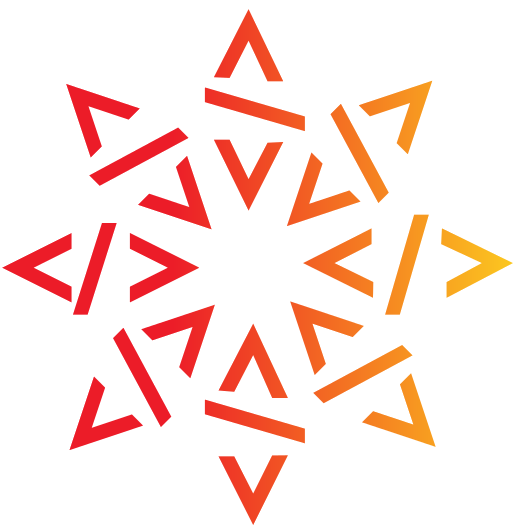The SWHAP Days 2022 webpage is out!

We are excited to announce that the SHWAP Days – Software Heritage Acquisition Process Days – 2022 webpage is now live! SWHAP Days 2022 was a two-days event held on the 19th and the 20th of October 2022 in Paris resulting from the collaboration between Software Heritage and UNESCO. The event was organized with the support of UNESCO, Inria, Inria Foundation and Lip6, and had over 100 participants both onsite and online. The primary aim of the event was to promote and launch SWHAP and the Software Stories, create a community around it, and get feedback on the process.
Day 1 of the event focused on archival perspective and SWHAP protocol and invited professionals from the field, while Day 2 focused on displaying landmark legacy software and the Software Stories. The event concluded with the presentation of the SWHAP guide and curation instructions to create a Software Story.
You can watch the replays of the talks and panel discussions below and access all presentations and materials on the event page.
The Software Heritage Acquisition Process (SWHAP)
In the SWHAP protocol, different actors have different tasks to collect the legacy software and all the physical and digital artifacts that are related to the software
itself or its creators.
The Software Stories
The Software Stories application, implemented by the sciencestories.io team, is a collection of story instances showcasing different software titles for a wide range of software enthusiasts without any technical background, presenting different elements about software in a virtual software museum. In a story you can also add interviews and video materials.
In 2022, Software Heritage has produced the Scilab stories interviews and the MAGMA-Lisp stories interviews. Curating the story around the software is as important as curating the software itself.
Next steps
The collaboration on the SWHAP and Software Stories is set to continue with several next steps planned for 2023. These include coordinating with UNESCO to establish a joint network for GLAM stakeholders, organizing a workshop to update the SWHAP guide and create dedicated training materials to better curate legacy software.
We invite you to visit the SWHAP Days 2022 webpage today to access all the materials and continue the important conversation around software preservation.
References and resources
[1] Expert Group Report. Paris call: Software source code as heritage for sustainable development. Available from https://unesdoc.unesco.org/ark:/48223/pf0000366715, 2019.
[2] Laura Bussi, Roberto Di Cosmo, Carlo Montangero, and Guido Scatena. The software heritage acquisition process. Technical Report CI-2019/WS/8, UNESCO, Università di Pisa, Inria, 2019. https://unesdoc.unesco.org/ark:/48223/pf0000371017
[3] Laura Bussi, Roberto Di Cosmo, Carlo Montangero, and Guido Scatena. Preserving landmark legacy software with the software heritage acquisition process. In iPres2021 – 17th International Conference on Digital Preservation, Beijing, China, 2021.
[4] Morane Gruenpeter, Roberto Di Cosmo, Katherine Thornton, Kenneth Seals-Nutt, Carlo Montangero, et al.. Software Stories for landmark legacy code. [Research Report] Inria. 2021. (hal-03483982)[https://hal.science/hal-03483982/]
